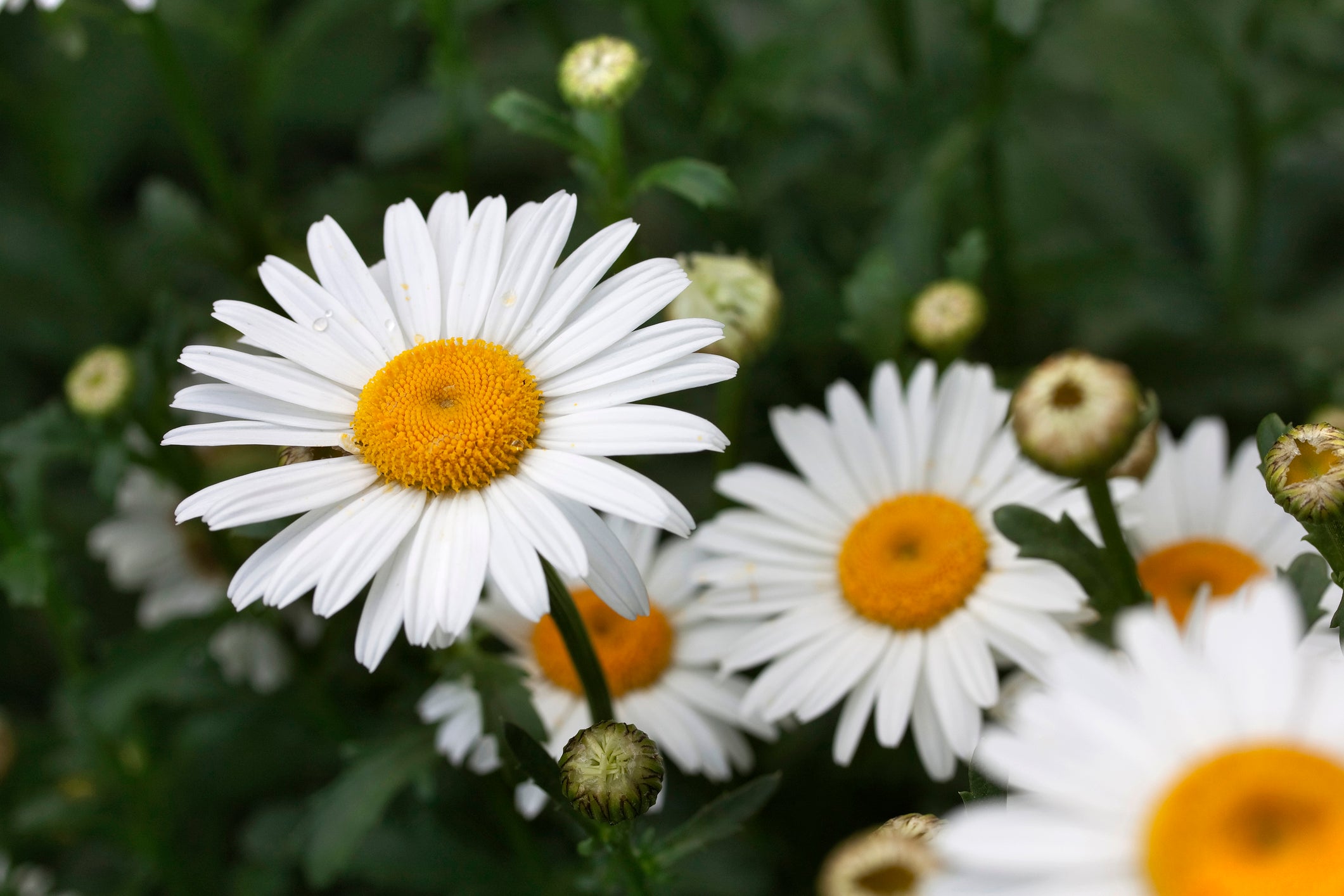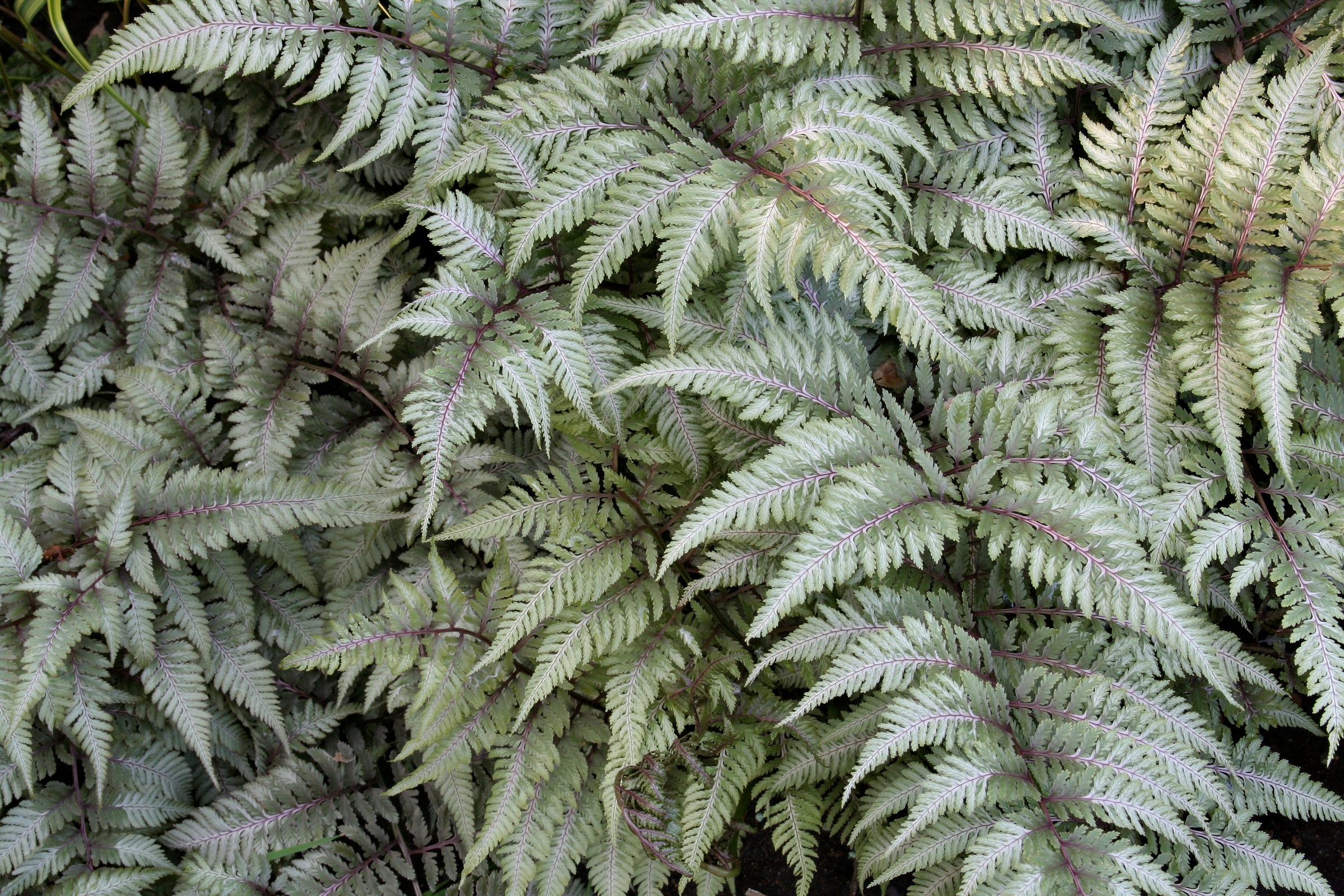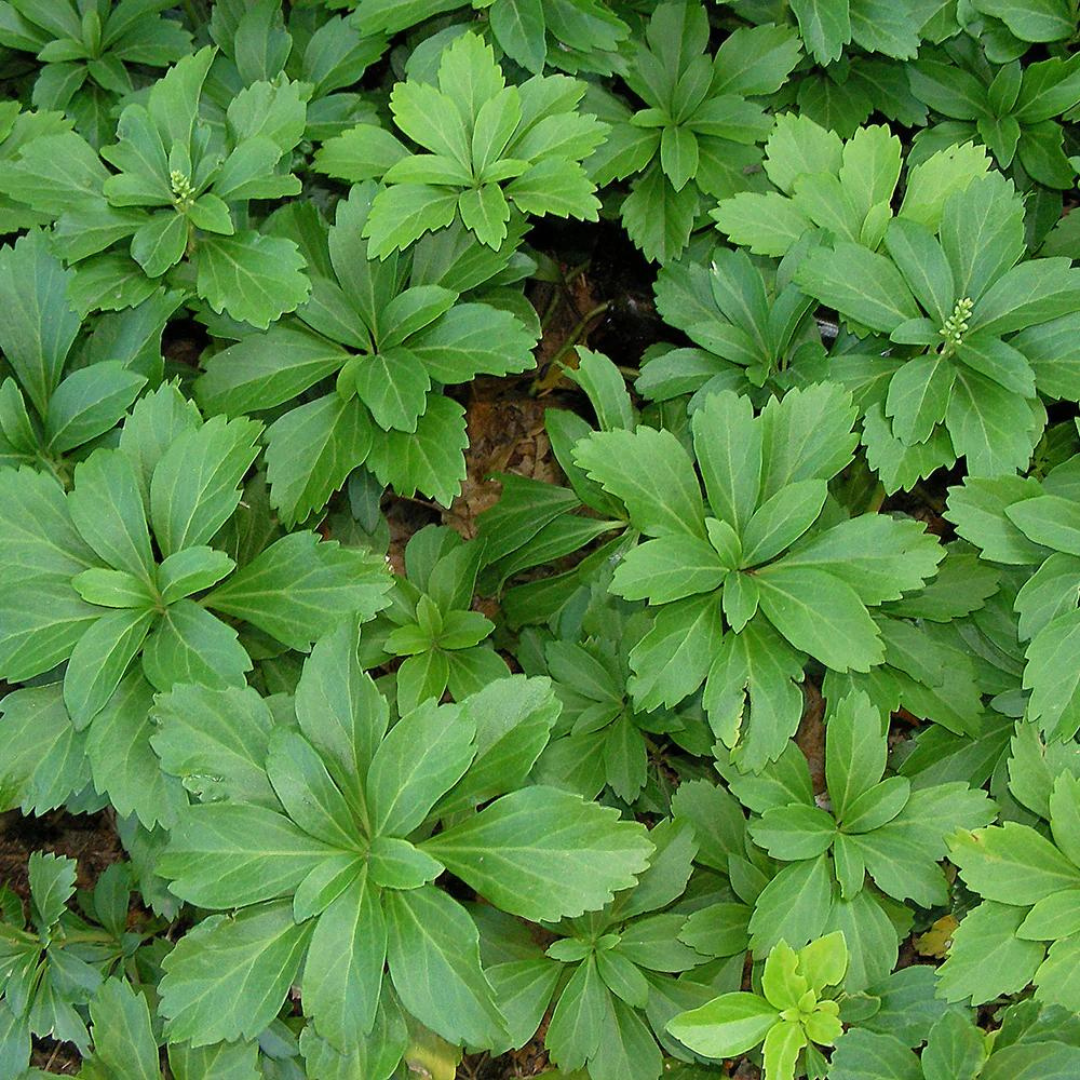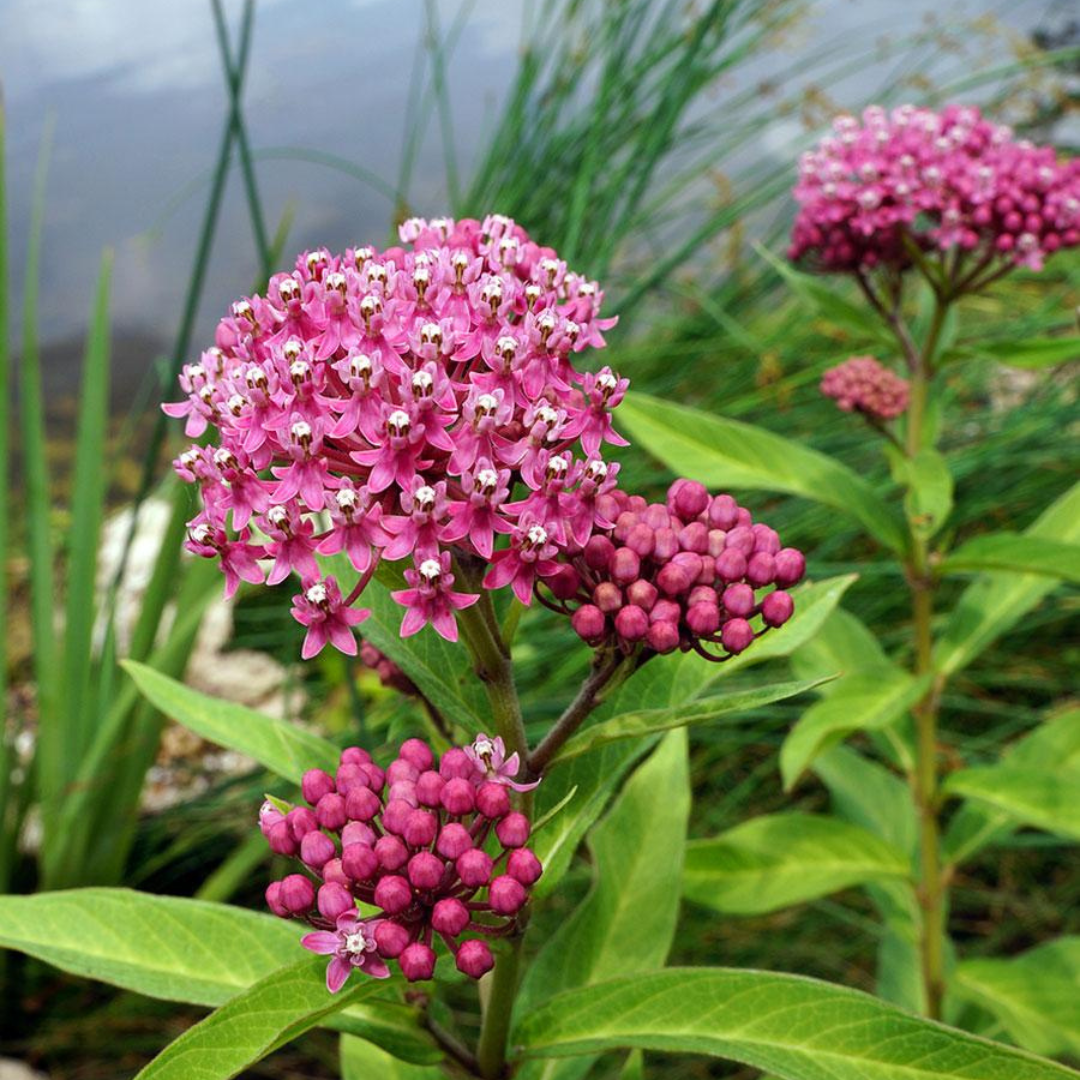
Astilboides tabularis
Add to Wishlist Partial Sun
Partial Sun
 Full Shade
Full Shade
- In stock, ready to ship
- Backordered, shipping soon
Astilboides tabularis: The Umbrella of the Woodland Garden
Architectural and unmistakable, Astilboides tabularis commands attention with its enormous, round, peltate leaves—like green parasols rising from the forest floor. Each leaf can reach up to 60 cm across, held aloft on tall stems that emerge from a slowly spreading clump. In early summer, creamy-white plumes appear above the foliage, adding a feathery contrast to the bold, tropical look below. Best suited to moist, shaded environments, this plant brings structure, drama, and a touch of the exotic to cool-climate gardens.
Plant Characteristics:
- Height: 90–120 cm (including blooms)
- Spread: 75–100 cm, forming a slowly expanding clump
- Flower Colour: Creamy white
- Flowering Period: Early to mid-summer
- Foliage: Massive, round, shield-like leaves with a central stem; lush green with a bold texture
- Sunlight Requirements: Part shade to full shade
- Soil Requirements: Moist, rich, consistently damp soil; intolerant of drought
Uses and Benefits: Astilboides tabularis is ideal for planting beside ponds, streams, or in deep woodland beds where bold foliage is needed for visual impact. It excels in shaded gardens with consistently moist soil, serving as a specimen or a dramatic backdrop for smaller woodland plants. Its broad leaves create a canopy effect, offering texture and scale that few other perennials can match. Deer-resistant and eye-catching, it's a favourite among designers for its sculptural qualities.
Companion Plants: Combine with the leathery green fronds of Dryopteris marginalis, the arching variegated blades of Carex 'Ice Dance', and the oversized silver-splashed leaves of Brunnera 'Queen of Hearts' for a high-contrast, textural planting that emphasizes scale and softness in equal measure.
Care Instructions: Plant in part to full shade in moist, humus-rich soil. Keep soil consistently damp—this plant will quickly show stress in dry conditions. Water during dry spells and mulch annually to retain moisture. Remove spent flower stems for a tidier appearance. Allow foliage to die back naturally in fall to nourish the roots.
History: Native to the cool, wet woodlands of northeastern China and Korea, Astilboides tabularis has long been prized in botanical gardens and collector landscapes for its dramatic form and lush, tropical effect. Though slow to establish, its longevity and presence make it a standout in temperate shade plantings.
Final Thoughts: Monumental and majestic, Astilboides tabularis transforms shaded gardens into something extraordinary—an anchor of bold foliage that evokes both calm and awe.







